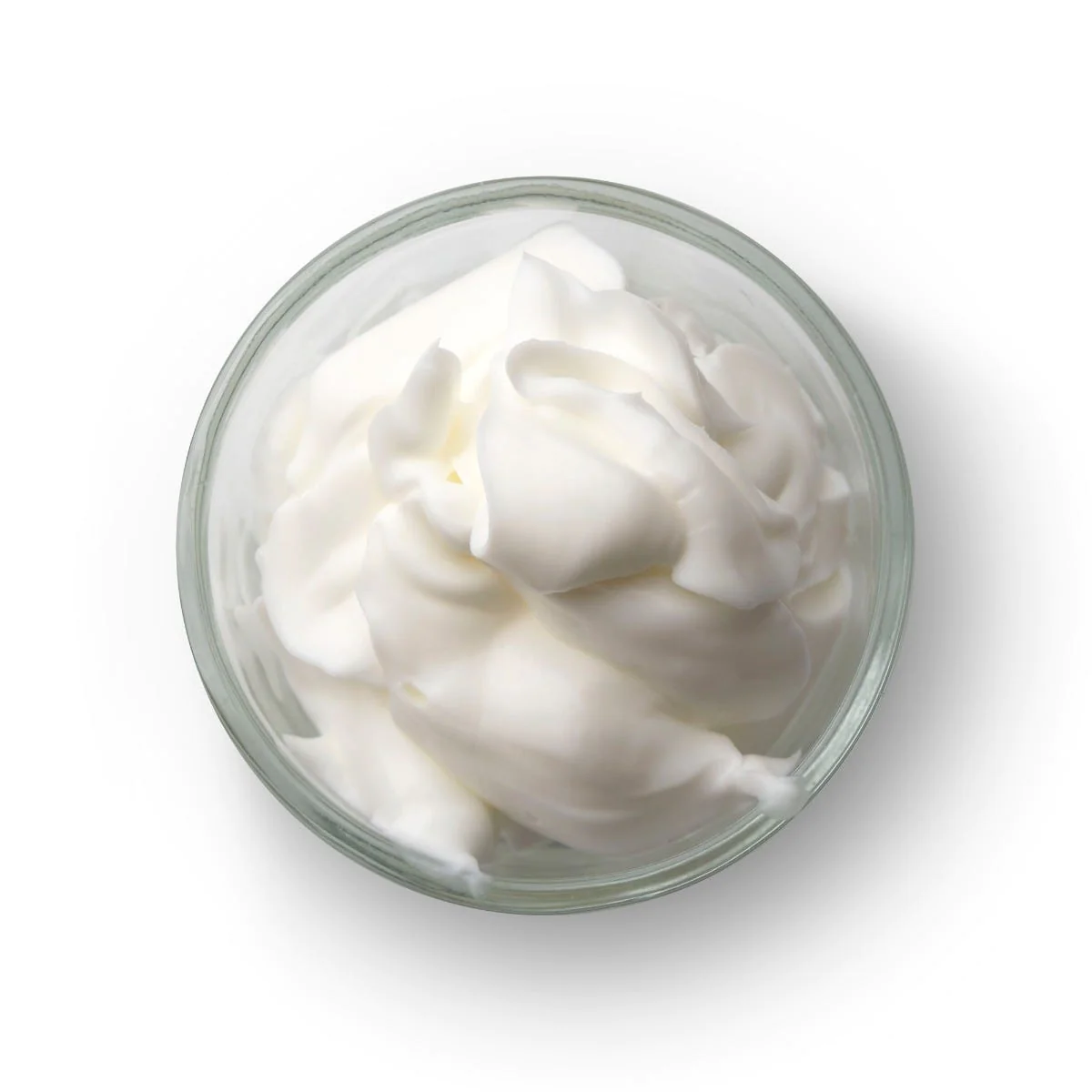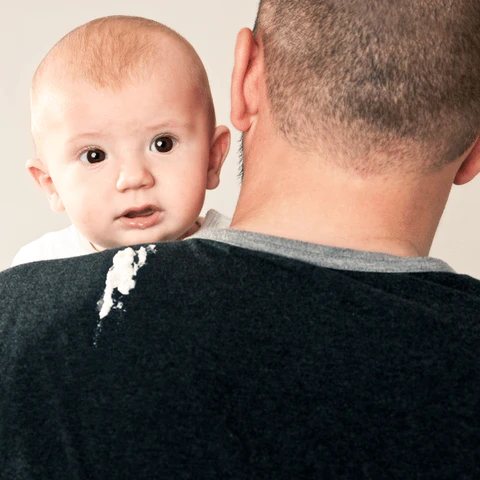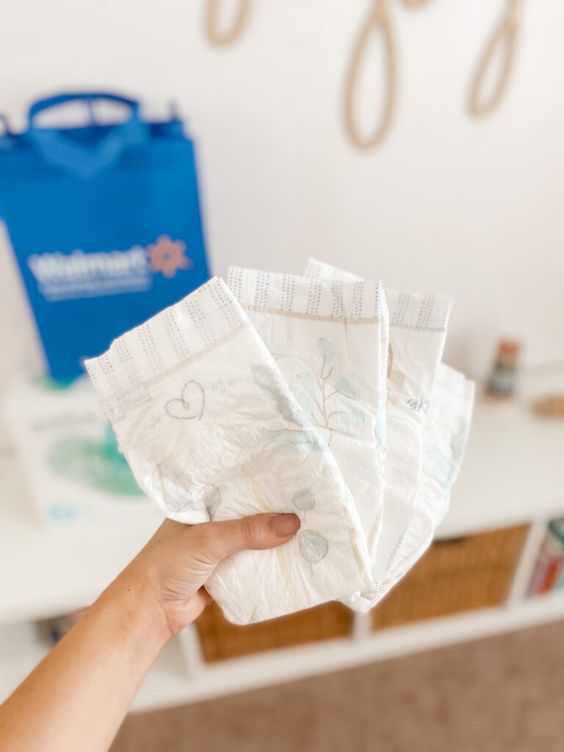Choosing the Right Diaper Cream or Ointment: A Guide for Parents
Diaper rash is a common concern for parents. While frustrating, it’s usually mild and treatable with the right products. But with so many diaper creams and ointments on the market, choosing the best one can be confusing. This guide will walk you through the key factors to consider when making your selection.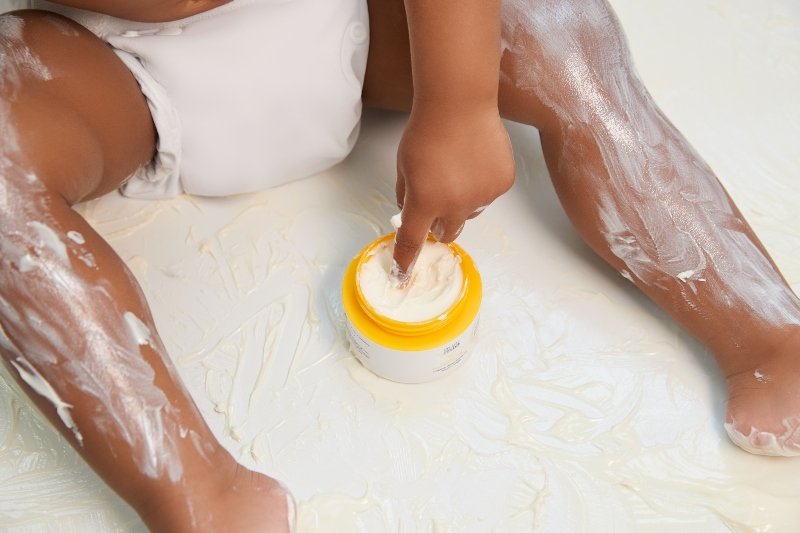
Understanding the Ingredients
First things first, familiarize yourself with the key ingredients in diaper creams and ointments.
- Zinc oxide: This mineral acts as a barrier, protecting the skin from irritation and promoting healing. Look for creams with at least 10% zinc oxide for mild to moderate rashes.
- Petrolatum: Also known as petroleum jelly, it creates a waterproof barrier, locking in moisture and preventing further irritation.
- Other soothing ingredients: Some creams contain additional ingredients like allantoin, calendula, or dimethicone. These can help soothe the skin and reduce inflammation.
Choosing the Right Formula
Next, consider the type of formula that best suits your baby’s needs.
- Ointments: These are thicker and provide a more occlusive barrier, making them ideal for severe diaper rashes or those that haven’t responded well to creams. However, ointments can be messier to apply and remove.
- Creams: They offer a good balance between protection and breathability. Creams are easier to apply and remove but may not be as effective for very severe rashes.
- Lotions: These are the lightest option and are best for mild rashes or prevention. However, they may not provide enough protection for more severe cases.
Additional Considerations
Here are some other factors to keep in mind:
- Fragrance: Opt for fragrance-free products to minimize the risk of irritation.
- Sensitivity: If your baby has sensitive skin, look for hypoallergenic formulas free of dyes and parabens.
- Brand preference: Some parents prefer natural or organic brands, while others rely on trusted drugstore options. Research different brands and choose one that resonates with you.
Consult Your Pediatrician
Remember, this information is intended for general guidance only. If you have specific concerns about your baby’s diaper rash, always consult your pediatrician. They can recommend the best course of treatment and advise you on choosing the most appropriate product for your individual needs.
Choosing the right diaper cream or ointment can be a breeze by considering the type and severity of the rash, the formula type, and additional factors like your baby’s skin sensitivity and your brand preferences. Remember, if you have any concerns, always consult your pediatrician for personalized advice. With the right approach, you can effectively soothe your baby’s discomfort and promote healthy skin.
Managing Diaper Rash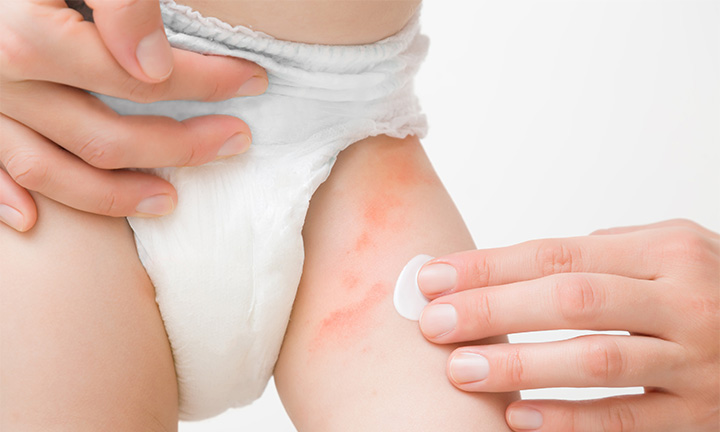
Choosing the right cream is crucial, but managing diaper rash involves more than just a product. Here’s how to further support your baby’s comfort:
Frequent diaper changes: Change diapers often, ideally every 2-3 hours, and more frequently when stools are loose. This minimizes prolonged contact with irritants.
Thorough cleaning: Gently clean the diaper area with warm water at each change. Avoid harsh soaps and wipes, as they can further irritate the skin. Pat the area dry with a soft towel instead of rubbing.
Air time: Allow your baby some “bare bottom” time each day. Lay them down on a clean, absorbent surface for short periods, allowing the skin to breathe.
Dietary adjustments: If breastfeeding, consider discussing any potential food sensitivities with your pediatrician. For formula-fed babies, consult your doctor about switching formulas if the rash persists.
Addressing underlying issues: Sometimes, diaper rash can be a sign of other issues like yeast infection or bacterial infection. If the rash worsens or doesn’t improve within a few days, consult your pediatrician for further evaluation and treatment.
Preventing future occurrences: Regularly apply a thin layer of diaper cream as a preventive measure, especially after bowel movements. Ensure a good fit for diapers, avoiding tightness that can cause chafing.
By combining the right cream with proper care techniques, you can effectively manage diaper rash and keep your baby comfortable.

